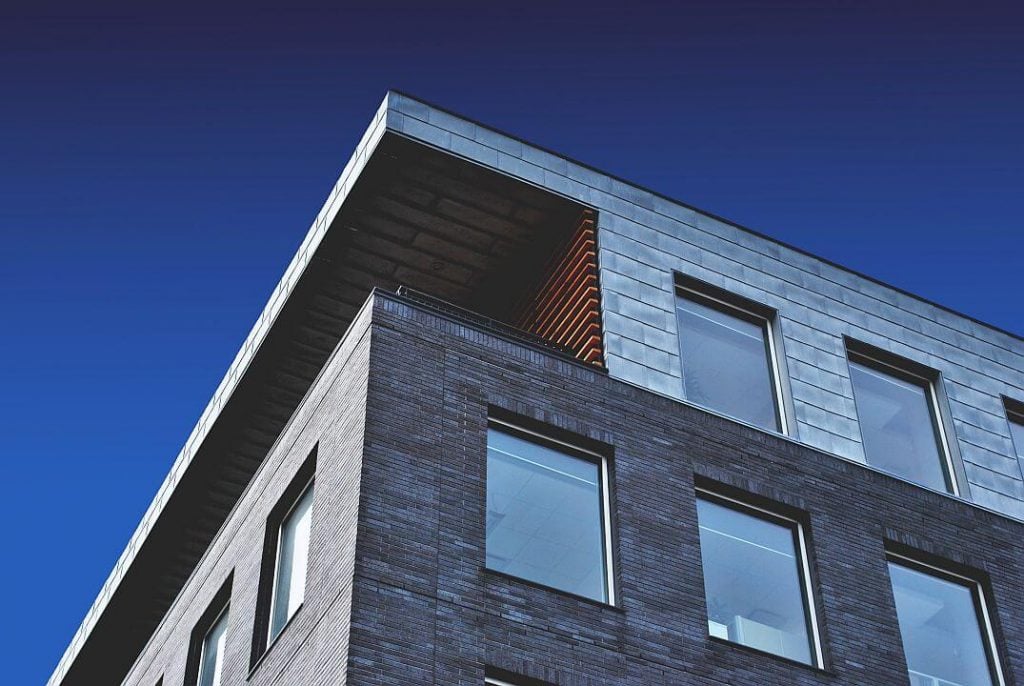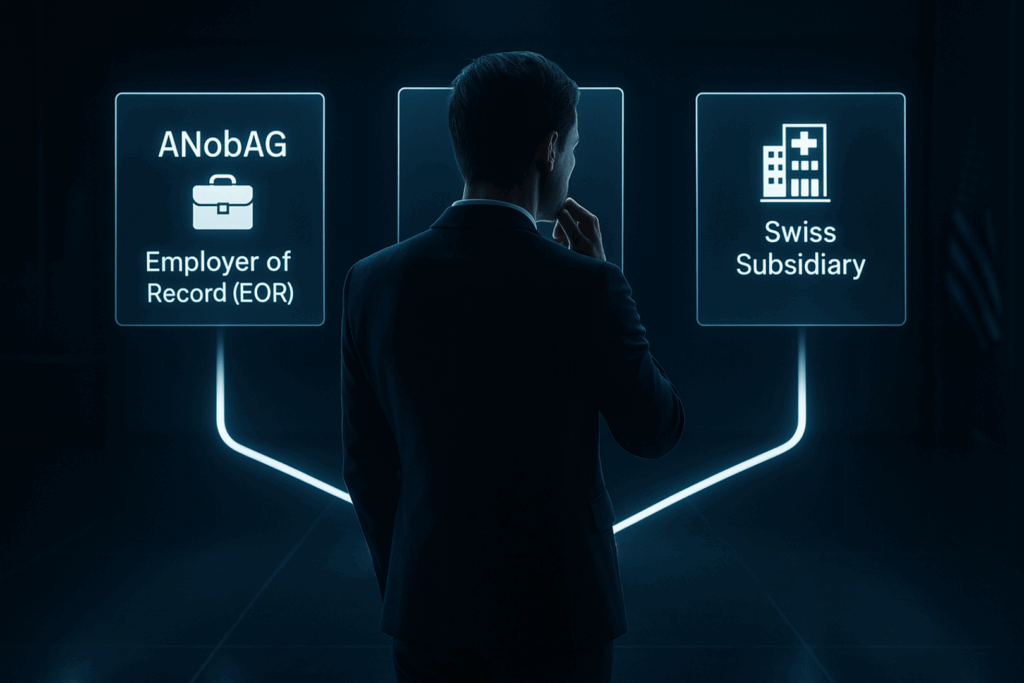Tax optimization through property maintenance costs

Under certain circumstances, anyone who owns residential property can deduct the maintenance costs for it from their taxable income in their tax return. In this article, we will show you which maintenance costs are deductible and how you can best use the regulations to optimize your taxes.
What maintenance expenses are deductible?
A distinction is made between value-preserving and value-enhancing costs for the maintenance of a property. Only value-preserving costs are tax deductible, i.e. maintenance costs. Costs that increase value (e.g. replacing a carpet with a marble floor, modernizing the kitchen or adding a conservatory) are not tax deductible.
The only exception to this rule is energy-saving measures. Costs for modernization that contribute to increasing energy efficiency and environmental protection can be claimed against tax, even if they increase the value of the property.
So, in summary, the following maintenance costs can be deducted from tax:
- Maintenance costs
- Insurance premiums for the property
- Investments for energy-saving measures and environmental protection
Difference between value-enhancing and value-maintaining
Value-preserving measures do not generally contribute to an increase in the value of the property (e.g. renovations or the repair of a broken roof). However, as soon as structural changes are made, there is often an increase in value, for example when a carport is added or an attic is converted. The costs for this cannot be deducted from the tax, but can be claimed later when selling the property in the real estate gains tax.
In cases where maintenance takes place at the same time as modernization, only part of the costs can be deducted from the tax. It must then be assessed how high the value-enhancing portion is. This may then not be claimed for tax purposes.
Those who live in a condominium and pay contributions to a renewal and repair fund may also deduct them from their taxes, provided the contributions are used solely for the maintenance of the property.
What applies to rented property?
Both the maintenance costs of properties occupied by the taxpayer himself and those rented out to private individuals or commercially can be claimed for tax purposes. The deductible costs are the same as for owner-occupied residential property.
New regulations for replacement new buildings
On January 1, 2020, the new Real Estate Costs Ordinance came into force. This also has tax implications for properties on which an old building is demolished and a new building is erected (so-called replacement new building).
Before the new regulation came into force, the costs of demolition and new construction of a property were living expenses and therefore not tax deductible. With the new regulation, it is now possible to partially deduct the costs of demolition and new construction from the tax, provided certain requirements are met. In this context, the costs of demolition are treated in the same way as maintenance costs and are fully deductible.
Energy-saving measures carried out during the construction of a new replacement building may still be deducted from taxes in the two following years. As a result, it is quite possible that taxpayers who build a replacement new building will not have to pay any taxes at all for three years.
Flat-rate deduction and deduction of actual maintenance costs
Taxpayers may choose each year whether to take a lump-sum deduction or a deduction of the actual maintenance costs for the maintenance of real estate. The deduction of the actual costs makes sense if these exceed the lump sum.
The lump sum may be deducted in the case of:
- Owner-occupied housing
- Residential property rented to private individuals
In the case of properties that are mainly rented out for commercial purposes, the lump-sum deduction is not possible in some cantons and at the federal level. In this case, the actual maintenance costs must be deducted.
If taxpayers own more than one property, they may choose between the two options for each property (unless leased for commercial purposes).
Lump sum deduction by canton
The lump sums vary depending on the canton. The tax authorities in the various cantons usually issue information sheets stating the amount of the lump sum, as well as lists of which maintenance costs are assessed as value-preserving and may be deducted from the tax.
Here are some examples of the standard deduction in the cantons:
Federal government and in most cantons
- 10% of the imputed rental value for properties up to ten years old
- 20% for older properties
Basel-Land
- 25% for properties up to ten years old
- 30% for older properties
Appenzell-Innerrhoden, St. Gallen, Vaud, Zurich
- 20% deductible regardless of the age of the property
Save taxes with maintenance
The great advantage of deducting maintenance costs is that you can choose annually between the lump sum and the deduction of the actual costs. This offers many opportunities for tax optimization.
Use flat rate
It makes sense to use the lump sum if the actual maintenance costs in the tax year are below the lump sum amount. In this way, more costs can ultimately be deducted from taxable income than were actually incurred during the tax year.
Save small renovation work
It is usually not worthwhile to carry out only minor renovation work during the year if the costs would be below the flat rate anyway. Therefore, from a tax perspective, it makes more sense to save small renovation works that do not require urgent action.
After four to six years, all minor work can then be carried out in one year, so that the costs for effective maintenance can be deducted for tax purposes. In the years in between, the lump sum can then always be deducted without any maintenance work having been carried out.
Spread extensive maintenance projects over several years
Anyone who has large and extensive maintenance or renovation needs on their property should spread them over several tax years. As soon as the maintenance costs exceed half of the taxable income, it is usually more favorable to spread the work over two years. If the costs are even higher, they should be spread over three or four years.
In order to achieve an optimal tax burden for this, some planning is necessary. For example, it must be taken into account whether the invoice date or the payment date is relevant for the respective tax period in the respective canton. In this way, work can be shifted from one tax period to the next in order to achieve an optimal distribution.
It is advisable, if you are planning a major maintenance project or even a new replacement building (as mentioned above), to consult a tax expert. He or she can calculate your project in compliance with all cantonal requirements and tax regulations and work out a plan with you on how best to divide up your maintenance projects so that your tax burden is minimal over several years.
Tax Return Cost Calculator
Do you seek a quick idea of the cost of our tax return service? If we have sparked your interest, you can send it to us without reservations, as it is a non-binding request. We will contact you promptly to discuss your situation with you.


